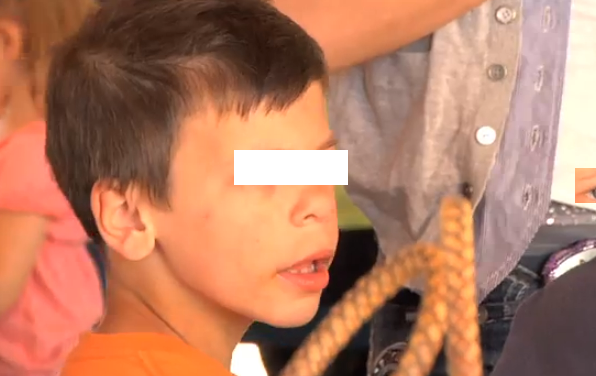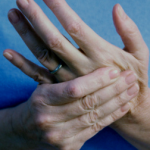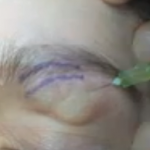Williams syndrome is an uncommon genetic condition that is characterized by distinctive facial features, learning difficulties, mild to moderate mental retardation and an inimitable personality that involves anxiety along with high levels of compassion and over-affability
The major medical condition that affects individuals with Williams syndrome is the presence of constricted arteries that lead to cardiovascular disorders. Extreme levels of calcium in the blood can be diagnosed in the patients, during infancy.
The condition is generally not inherited, but results from a random genetic alteration that leads to the deletion of a tiny part of the chromosome 7. It is, however important to note that individuals with Williams syndrome carry an increased risk of nearly 50 percent to pass on the condition to their child.
Williams syndrome does not have any known cure. Additionally, there are no specific treatment methods for the condition. Since Williams syndrome is a complex and rare condition, a number of specialists need to be consulted for diagnosis and effective treatment.
Symptoms of Williams syndrome
Individuals affected by Williams syndrome may elicit a number of signs and symptoms. Some of them are discussed below:
- The affected person has low concentration capabilities and can become easily distracted. The attention deficit disorder or ADD may be present.
- Delays in speech development. This may later transform into strong speaking capability as well as improved learning by hearing
- The small finger may be bent inwards
- Children affected by Williams syndrome may experience developmental delays
- Feeding difficulties that may include problems like reflux, colic and vomiting
- Mental retardation ranging between mild to moderate
- Learning disabilities
- The person affected by Williams syndrome may exhibit distinctive personality traits such as easily trusting strangers, increased interest in music, increased friendliness and fear of physical contact or loud sounds
- A sunken appearance of the chest or pectus excavatum
- The affected individual may be shorter in height as compared to the rest of the family
- The face tends to have an irregular appearance with the following unique features:
- The inside corner of the eye are generally covered by skin folds
- The bridge of the nose is flattened. The nose tends to be upturned
- Presence of striking lips along with an open mouth
- Presence of long ridges that begin at the nose and end at the upper lip
- The tooth enamel may have some defects; the teeth may be small and widely spaced or some teeth may be absent
Some of the complications that may be caused due to Williams syndrome are as follows:
- Excessive collection of calcium in the kidneys and other kidney abnormalities
- Cardiac failure due to increased constriction of the arteries
- In rare cases, the individual affected by Williams syndrome may die due to anesthesia
- Severe abdominal pain
Most of the signs and symptoms of Williams syndrome may not be clearly visible at the time of birth. It is important to immediately contact a doctor in case one notices any of the symptoms associated with the condition. In case, one of the family members is affected by Williams syndrome, then genetic counseling is recommended before opting for a child
Causes
Williams syndrome is an uncommon disorder that is caused by absent or missing genes. The genetic mutation that causes the condition happens at random. A child can develop Williams syndrome even if both the parents don’t have the condition. However, if one of the parents has Williams syndrome, then the risk of the child developing the disorder increases by nearly 50 percent
One of the 25 genes that are missing is the gene that manufactures a protein known as elastin. This protein performs the function of allowing the various blood vessels and tissues in the body to extend and stretch. The presence of just a single copy of this gene is believed to cause the narrowing of the arteries, which can be observed in people affected by Williams syndrome.
The incidence rate of Williams syndrome is 1 in about 8000 births.
Treatment of Williams syndrome
There is no known cure for Williams syndrome. The treatment is aimed at alleviating and correcting the symptoms associated with the disorder.
- The narrowing of blood vessels is treated as per the severity level of the constriction. If medications do not resolve the problem, then surgery may be required.
- Intake of excessive vitamin D and calcium has to be avoided. Excessive levels of blood calcium are treated as per the individual cases.
- Speech therapy is recommended for those patients who experience speech and language delays.
- Physical therapy can alleviate the symptoms of joint stiffness
- There are no ways to prevent Williams syndrome. Parents, who have a family history of Williams syndrome and desire to conceive, can avail of prenatal testing and genetic counseling.
Williams Syndrome life expectancy
With proper medical care and support, people who have Williams Syndrome can life up to 60 years of age or even more. But graying of hair and limited mobility of legs and hips are apparent quite early in WS compared to average, healthy people.
Williams Syndrome Pictures






